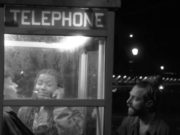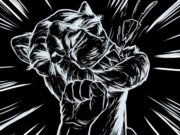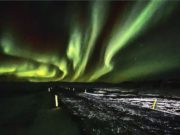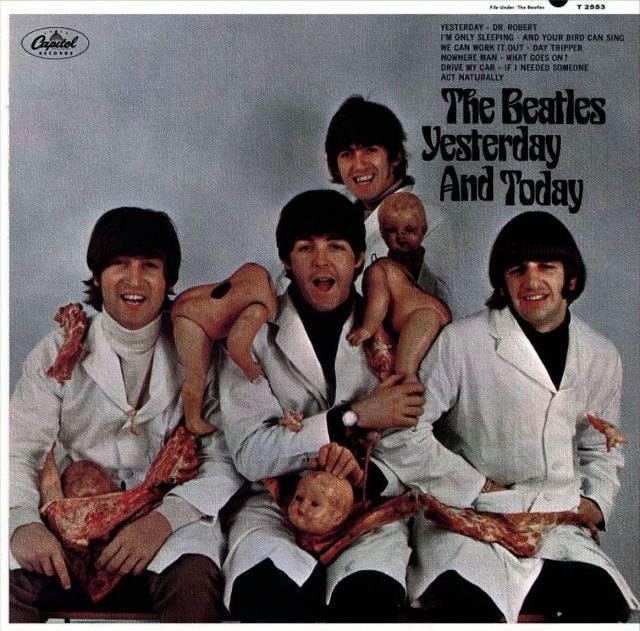 Last week I went on a bit of a non-used spree at a local record shop I don’t frequent as often as I should. Bought about 10 albums. When I got them home and was adding them to my Discogs-hosted collection, I discovered there’s more than a good chance two of them are counterfeit: A Wu-Tang record and a Mac Miller record. The latter claimed to be multicoloured vinyl and was clear, and wasn’t really on Discogs. The Wu-Tang double LP looked cheaply printed, which I thought was done on purpose. But when checking Discogs, this is a record which hasn’t been made in around a decade, and was sealed. So now I’m suspicious. The good thing about the Wu-Tang album is it sounds fantastic, counterfeit or not. The Mac one, maybe not so much. Pretty tic-y. Ah well.
Last week I went on a bit of a non-used spree at a local record shop I don’t frequent as often as I should. Bought about 10 albums. When I got them home and was adding them to my Discogs-hosted collection, I discovered there’s more than a good chance two of them are counterfeit: A Wu-Tang record and a Mac Miller record. The latter claimed to be multicoloured vinyl and was clear, and wasn’t really on Discogs. The Wu-Tang double LP looked cheaply printed, which I thought was done on purpose. But when checking Discogs, this is a record which hasn’t been made in around a decade, and was sealed. So now I’m suspicious. The good thing about the Wu-Tang album is it sounds fantastic, counterfeit or not. The Mac one, maybe not so much. Pretty tic-y. Ah well.
That’s normally my main beef with buying counterfeits — the audio quality is often less than desirable. It hasn’t stopped me from buying a few, though. So that’s what we’re going to talk about here: counterfeit records. Not bootlegs or pirate compilations — we’re talking albums made privately and illegally designed to look like the actual releases they resemble. Unlike bootlegs which seek to create a profit by sharing unreleased recordings with fans, counterfeit records seek to create a profit by giving fans albums that are hard to find due to being out of print or regionally unavailable.
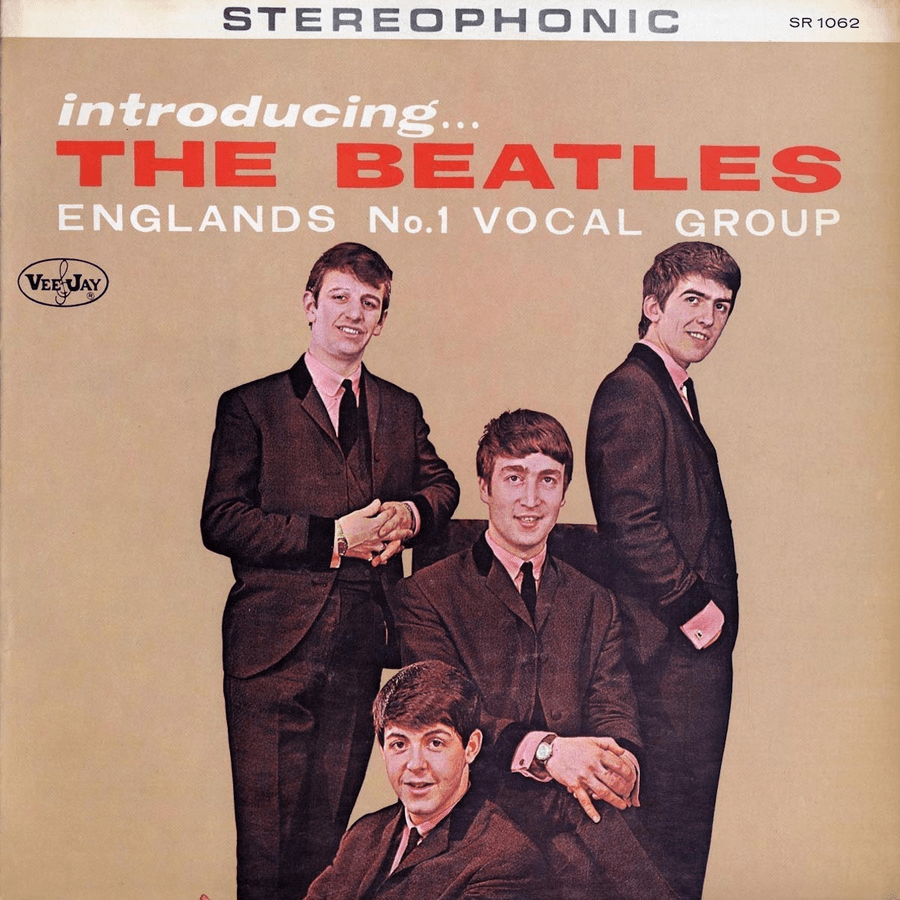
I once paid $100 for a knock-off Beatles butcher-cover Yesterday And Today on blue vinyl. It sounded like crap, so I sold it for $125. But it was cool to have that cover in my collection for a few weeks. Maybe not $100 cool, but cheaper than $2,500 for the real deal. I also bought a Songs And Pictures of the Fabulous Beatles, which actually doesn’t sound that bad, but doesn’t have the ¾ gatefold it’s legitimate namesake (Songs, Pictures and Stories of the Fabulous Beatles) has. Hard to pass it up for $3. Real ones are around $25. Same goes for my counterfeit copy of Introducing The Beatles, which has got to be one of the most faked Beatles records ever. It’s really easy to tell a real one — You can actually read the time on John’s wristwatch and George has a shadow. I sold my fake one for $15. And yes, I indicated it was counterfeit.
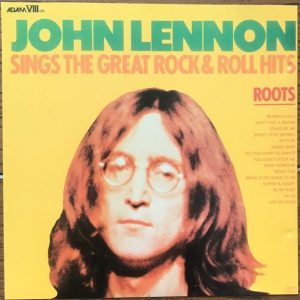 Sometimes there are counterfeit copies of barely legal records. One such album was the fastest sale I’ve ever had on Discogs. I found an actual, real-deal copy of Roots: John Lennon Sings The Great Rock & Roll Hits on Etsy for $30. When it arrived in the mail, and passed all of the tests counterfeit checklist, I put it up for sale. Within five minutes it was gone. The album is cool… these are the rough mixes of the Rock N Roll album. It was available for sale via TV ads for three days before getting shut down. Some of the songs are even sped-up so they could all fit on the record. And that’s the non-counterfeit copy! It is a highly collectible album, and widely faked. Mint ones go for $1,500 or more. There’s really no need — you can hear the tracks on YouTube whenever you want. Some the songs are basically the same as the Rock N Roll album, just without repeated choruses, or a longer fade. Two of them went unreleased until posthumously on Menlove Ave and the John Lennon Anthology. The counterfeit of the pirate album sounds crummy and has an even cheaper-looking reproduction of the awful-to-begin-with cover.
Sometimes there are counterfeit copies of barely legal records. One such album was the fastest sale I’ve ever had on Discogs. I found an actual, real-deal copy of Roots: John Lennon Sings The Great Rock & Roll Hits on Etsy for $30. When it arrived in the mail, and passed all of the tests counterfeit checklist, I put it up for sale. Within five minutes it was gone. The album is cool… these are the rough mixes of the Rock N Roll album. It was available for sale via TV ads for three days before getting shut down. Some of the songs are even sped-up so they could all fit on the record. And that’s the non-counterfeit copy! It is a highly collectible album, and widely faked. Mint ones go for $1,500 or more. There’s really no need — you can hear the tracks on YouTube whenever you want. Some the songs are basically the same as the Rock N Roll album, just without repeated choruses, or a longer fade. Two of them went unreleased until posthumously on Menlove Ave and the John Lennon Anthology. The counterfeit of the pirate album sounds crummy and has an even cheaper-looking reproduction of the awful-to-begin-with cover.
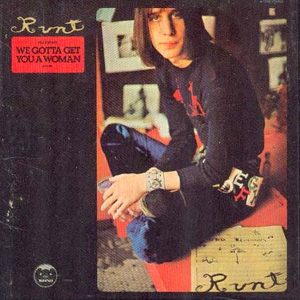 I just checked my copy of Runt by Todd Rundgren to make sure it’s not a fake. Pretty common, believe it or not. The funny thing about the counterfeit one is that whoever made it left a sticker on the sleeve that read “Featuring: We Gotta Get You A Woman.” Pretty easy to spot that.
I just checked my copy of Runt by Todd Rundgren to make sure it’s not a fake. Pretty common, believe it or not. The funny thing about the counterfeit one is that whoever made it left a sticker on the sleeve that read “Featuring: We Gotta Get You A Woman.” Pretty easy to spot that.
There are literally hundreds of examples of counterfeit albums. Given I have about 2,000 records, I’m sure there’s some in my collection I don’t even realize are fake.
• • •
Area Resident is an Ottawa-based journalist, recording artist, music collector and re-seller. Hear (and buy) his music on Bandcamp, email him HERE, follow him on Instagram and check him out on Discogs.







